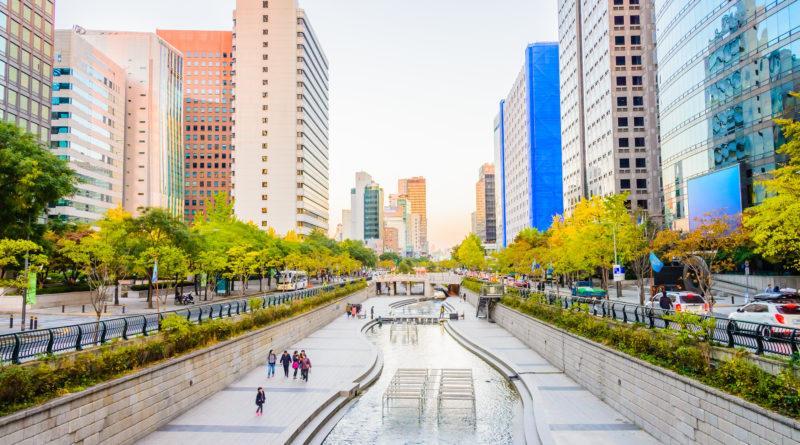How to recover urban rivers?
There is a trend to look at city rivers as an essential plan to bring quality of life to its citizens. In the past it was about hiding the riverbed with layers of concrete. The areas around the rivers in cities were occupied with practices and uses that degraded all life due to industrial pollution and the daily life of the inhabitants, reflects Gustavo Copelmayer.
As these urban rivers have begun to be recovered they have also regenerated a certain level of fundamental quality of the environment and a great value for the surrounding population, becoming a transcendental space for the rebirth of nature and enjoyment, says Gustavo Copelmayer.
The contemporary trend consists of the recovery of urban areas surrounding these rivers and making them available to citizens, building river paths that allow nature to be enjoyed. Beyond landscape and urban aspects, Gustavo Copelmayer points out, riverbanks have enormous value as a basic element of the quality of the waters and the nature that surrounds them.
Some of the cities that have stood out in this practice are Seoul in South Korea with the river, Cheonggyecheon, which was buried under a large highway. Another case of success, says Gustavo Copelmayer, is the Nervión River in Bilbao, Spain, its recovery managed to reactivate employment in the city after 15 years of crisis.
Text with information from iagua.es and LANetworking.
“Nature does not do anything incomplete or anything in vain.”
Aristotle, Greek philosopher.
#nature #ecology #environment #planetatierra #rivers

